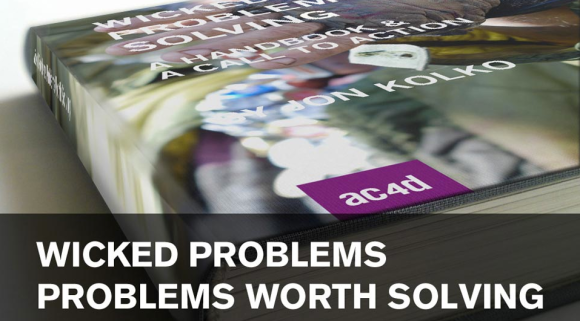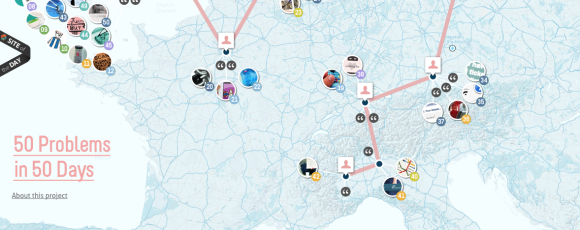I was recently asked what my views are on the ‘value of design’. I spend so much time reviewing the work of others and finding links between current design theories that is refreshing to stop, and spend some time thinking about my views on the subject. One of the most important things we need to acknowledge is the difference between design as a profession and design as a process. I often speak to recent graduates and I’m intrigued when they all say “I’m a designer” and never “I design”. Semantics some may argue, but I believe it highlights an important duality in design. On the one hand design is a professional occupation – grounded in the needs and wants of clients. For me the statement “I’m a designer” describes this. The aim of design in this context is to produce object, messages, environments etc. that addresses user needs. The second option, “I design” refers to design as a process, an iterative and methodical problem solving technique.

A Brief History of the Chair in Design, Denver Art Museum, 2012
The apologetic nature of the new (and only slightly different) chair.
I should state upfront that I love chairs. For me, there are few objects that can so succinctly depict the evolution of design through the ages better than seating and chairs. However, if we are honest, many contemporary chair designs are only slight variations of existing designs, offering nothing new to the user except possible colour changes, surface decoration and maybe something a bit special in the leg department. One may ask then why new chairs are being designed and produced. This is the realm of “only slightly different, but completely new” design. It is the mind set and design practice that contributed to the consumerist world we inhabit. Yet, we can’t move away from this form of design completely. It is through gradual development that users engage most successfully with new technologies. Users also require more individualisation and personalisation of products and environments, creating demand for “only slightly different, but completely me” design. To say that this stream of design does not offer significant value is unfair. The objects and environments around us evolve and adapt through this design stream. And, through more sustainable and ethical practices the manufacturing and distribution of designed objects have less negative environmental impact. I spent the first few years of my career in this stream, as I believe most do. Learning my trade, developing my skills and developing that slightly elusive designer intuition (which is by no means always correct). During the last two years my passion within design has shifted and I am now passionate (read, slightly obsessed) with the larger design environment and the connections between design, people and technology.
Thinking for design
Design thinking. The phrase causes a cold shiver down my spine. Mostly because I have sat in more meetings than I would like to remember during which design thinking was describes almost as a magical spell that would improve business, operations and ultimately the financial bottom line. As a designer I was expected to wave my magical ‘design thinking’ wand and shazam! The amazing writings of Richard Buchanan, describing the power of design to address complex, or ‘wicked’, problems had in a few decades been twisted into a parlour trick, required to deliver innovation and organisational rejuvenation. I appreciate the candid discussion of Paul Pangaro on the topic during his Picnic presentation, Rethinking Design Thinking, in 2010. Today I am back in the world of ‘design thinking’, only this time it is from a user centred perspective. The potential within the design process, to detail and analyse complex problems and develop through creative, critical and reflective thinking a context appropriate solution, is for me the real value of design. Service design is an area I am particularly interested in. As an approach Service Design encompasses all design disciplines, focused on the improvement of development of user centred service experiences. It’s about people – their world, their technologies, their experiences, their hopes, dreams and aspirations. Design for social development, design for the other 90% and similar movements share a core focus on context appropriate solutions for real users. What is the value of design? Strategic change for an improved situation – a better walkway for children in rural areas to get to school, a more streamlined process in clinics, improved channels of communication in police stations for victims of abuse and food growing projects feeding entire communities. What is the value of design? It can empower us to see problems as manageable, to imagine a better situation and help us do something about it.

























